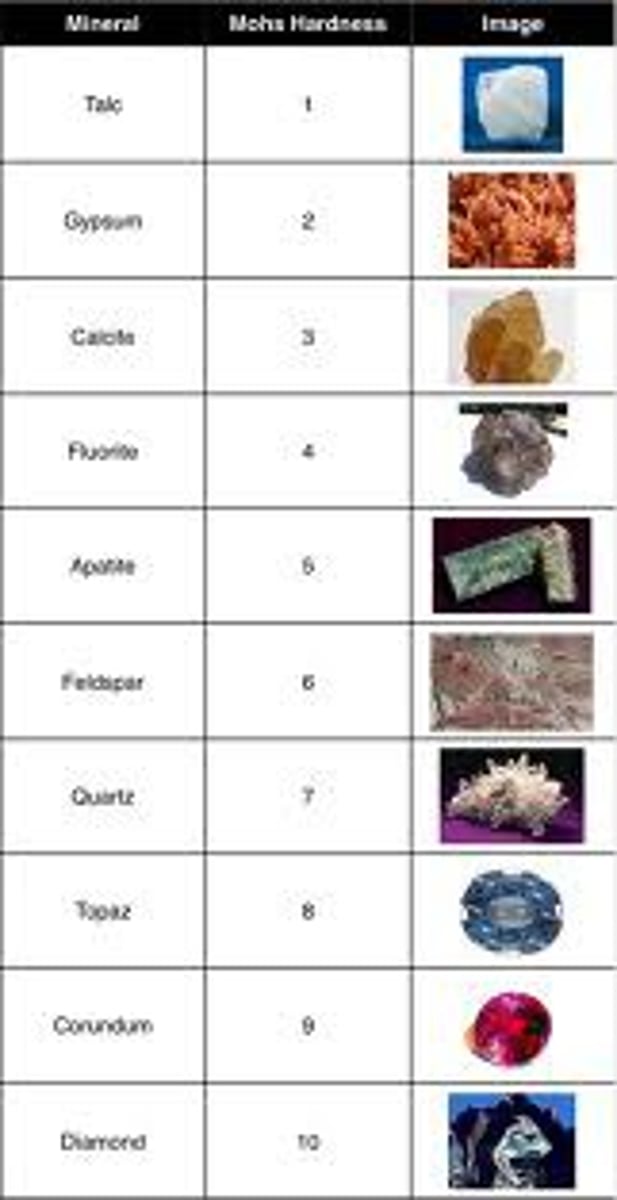Work and organizational psychology -
1/254
There's no tags or description
Looks like no tags are added yet.
Name | Mastery | Learn | Test | Matching | Spaced |
|---|
No study sessions yet.
255 Terms
Electroencephalography (EEG)
The amplitude of the EEG signal can be measured in microvolts (μV) or millivolts (mV)
Frequency reflects the time interval needed for a signal to complete one cycle
Power bands (EEG): Cognitive load
Alpha waves -> 8-12 cps, very relaxed, deepening into meditation
Theta waves -> 4-7 cps, drowsy and drifting down into sleep and dreams
Wearable devices (EEG)
- EEG glasses (bluetooth)
- Raw EEG signals
- Power bands
Psychophysiological signals
- Electrodermal activity (EDA)
- Heart rate (HR)
- Respiration rate (RR)
- Electromyography and facial electromyography (EMG/fEMG)
Electrodermal activity (EDA)
- Type (silver/silver chlroide)
- Conductive paste
- Electrode placement
- Environmental conditions
- Environmental temperature (~ 23° degress Celsius) and time of the day
• Environmental humidity (constant)
- Response very slow (1-3s)
- Single presentation of a visual, auditory, olfactory, etc. stimulus (discrete or continuous)
- Affordable measurements and non invasive tools
- Anxiety and psychopathological conditions
- Multiple causes (e.g., emotions, arousal, attention)
- Activation does not occur in isolation (i.e., heart-beat and respiration)
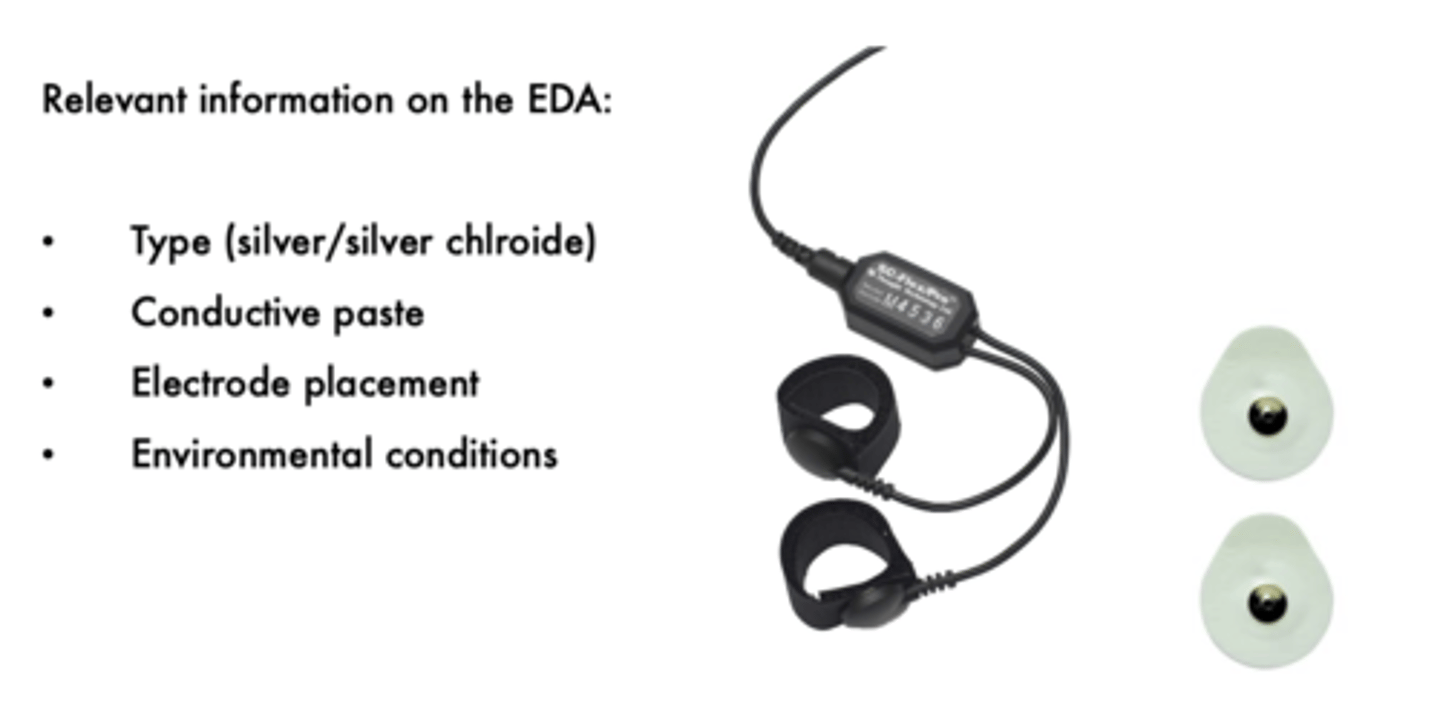
Electrodermal Activity (EDA)
- Skin conductance level
- Spontaneous Skin Conductance Response
- Skin Conductance Response
Applications of Electrodermal activity (EDA)
- STRESS
- AROUSAL
- ANXIETY
- MENTAL WORKLOAD
- ENGAGEMENT
- PSYCHOPATHOLOGICAL STATESterm-250
The EU AI Act
represents the world's first comprehensive regulation. It classifies AI applications into risk categories with proportional requirements.
- Unacceptable risk systems: prohibited
- High risk: mandatory certification
- Limited risk: transparency obligations
- Minimal risk: lightweight approach
Electromyographic activity (EMG)
• Muscles electrical activity
• Amplitude (5-1000 mV)
• Frequency (10-200 Hz)
• Involvement of sets of muscles
• Continuous monitoring
• Limited freedom of movements
Tool: Procomp infinti 5
- Stress Detection -> (trapezius muscle)
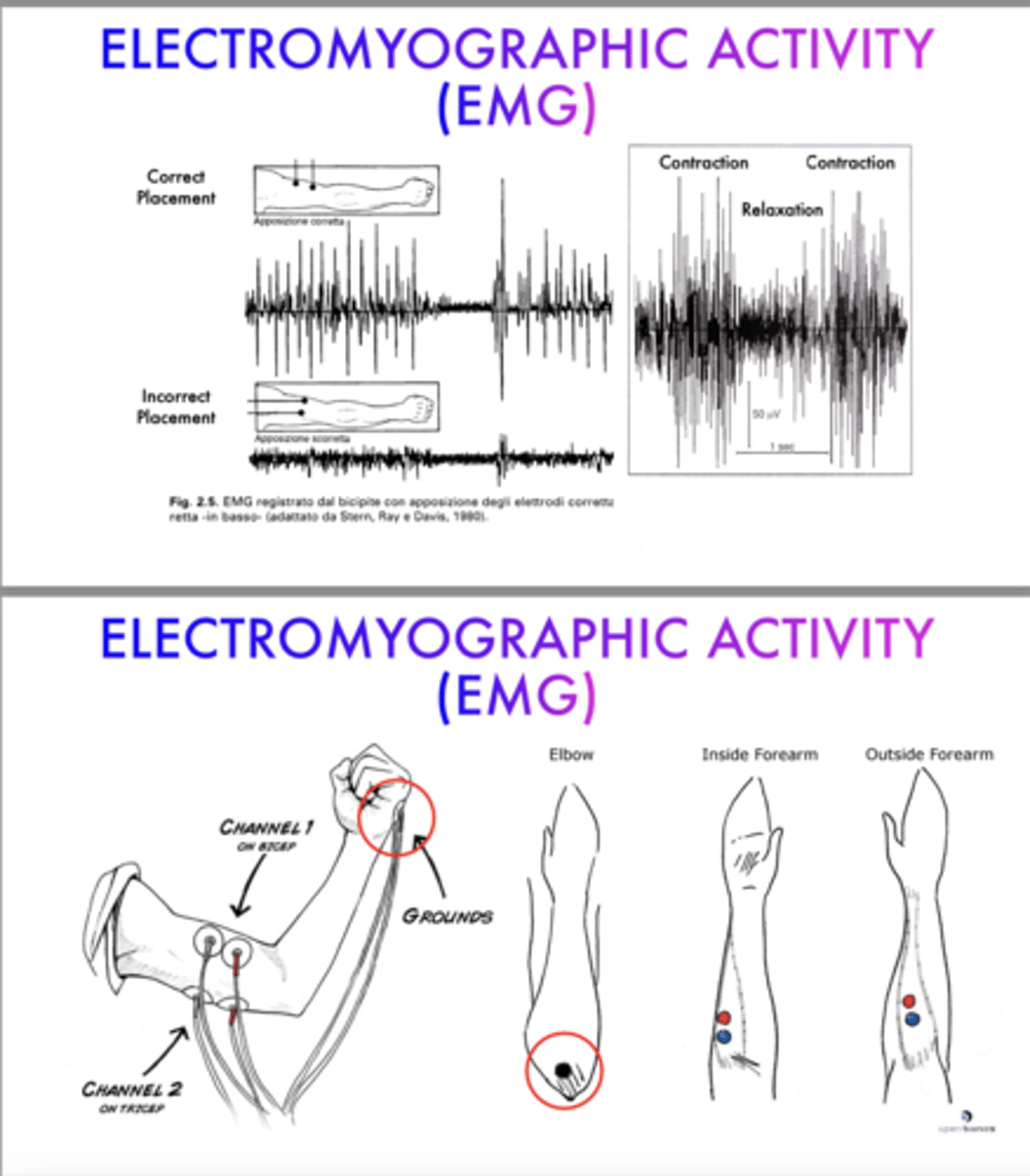
Cardiac activity
- Electric activity of the heart (heart rate, bpm)
- Continuous recording
-The recording can limits the freedom of movement (depending on the monitoring device)
-It is difficult to distinguish the cardiac response due to a single stimulation
- Stress (arteriosclerosis, hypertension)
• Increment > cognitive demand,
prolonged vigilance, focused attention
• Arousal
- Procomp infiniti 5 (tool), ECG
Heart rate variability (HRV)
The interval between each heartbeat. High HRV is beneficial.
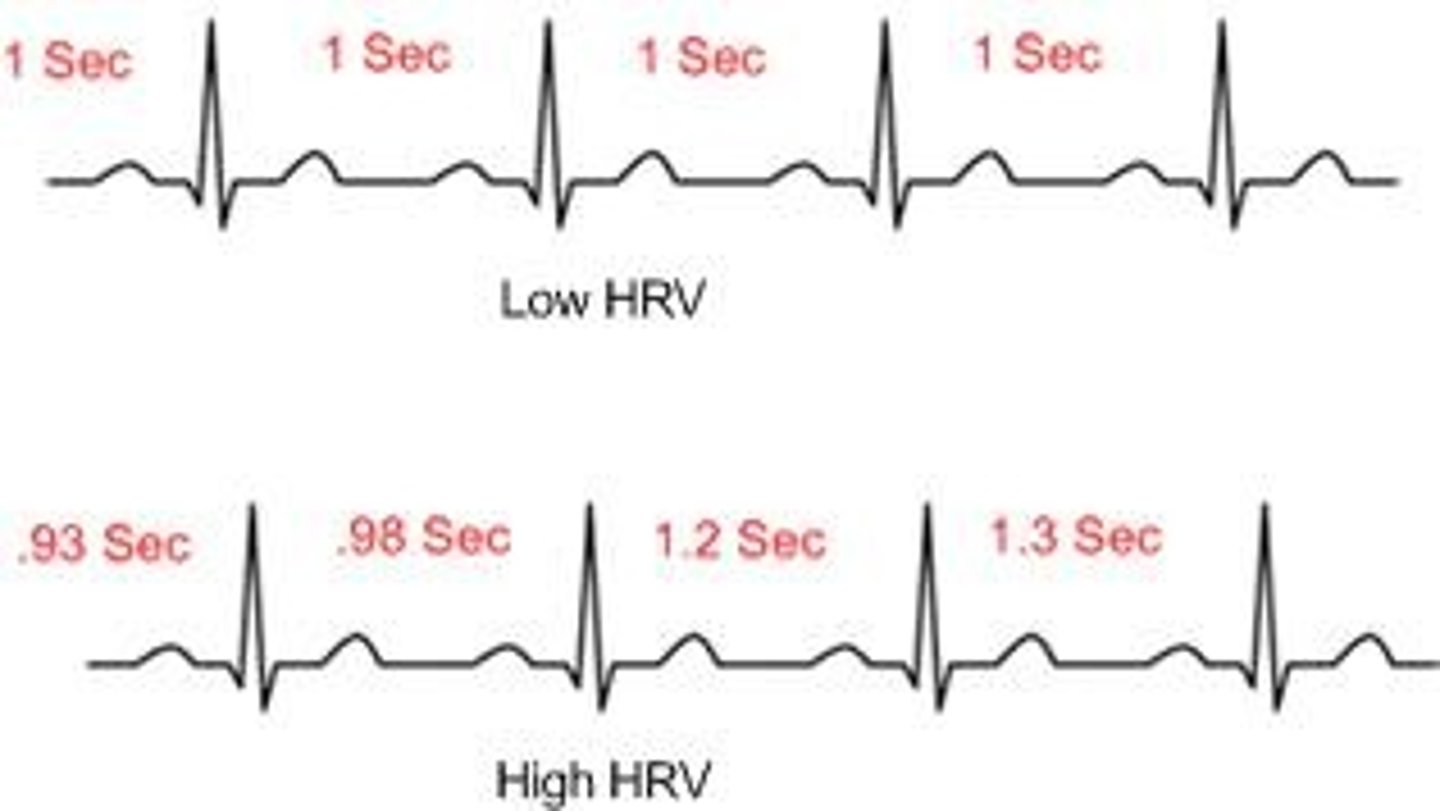
Cardiovascular system and cardiac activity: applications
- STRESS
- AROUSAL
- VIGILANCE AND ATTENTION
- MENTAL WORKLOAD
- ENGAGEMENT
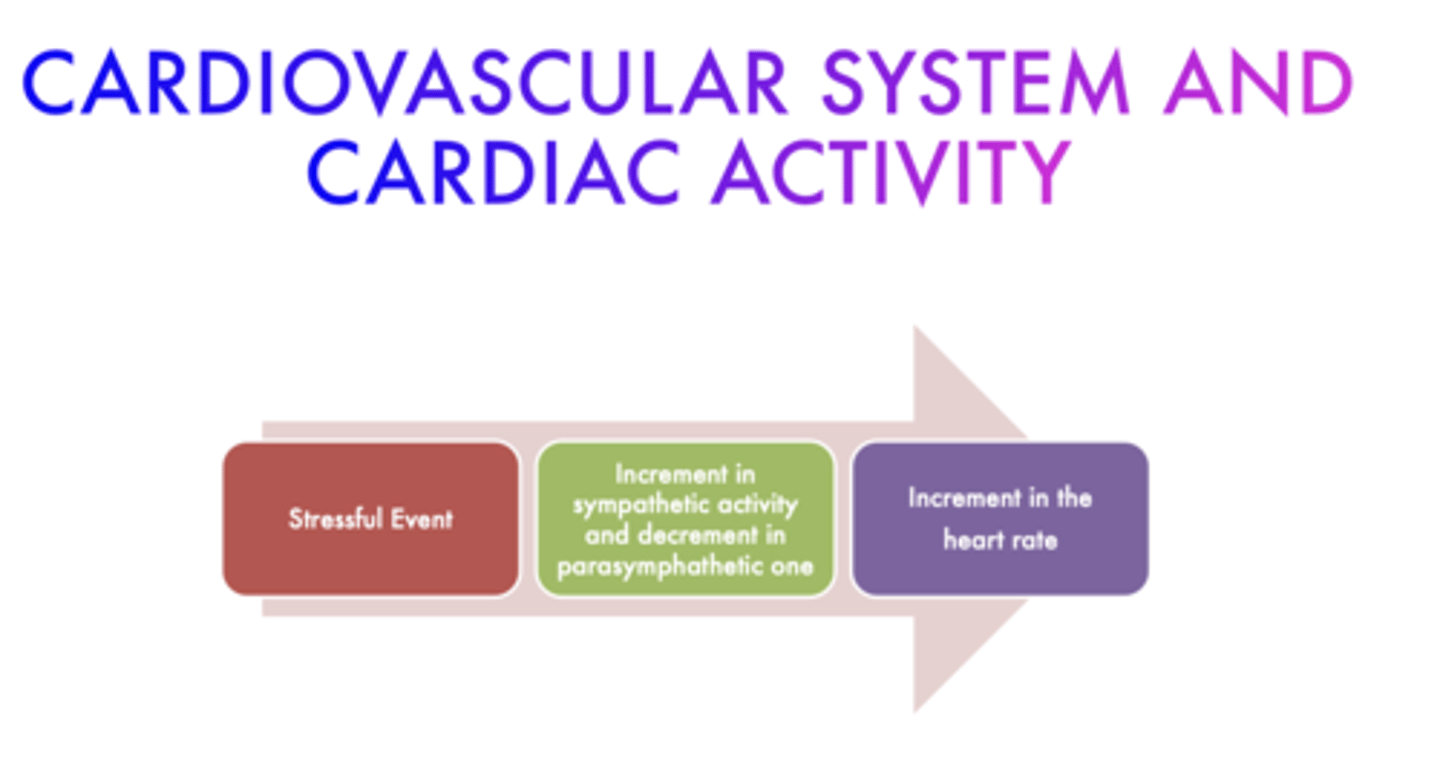
Respiratory activity
- Inspiration and expiration
- Respiration Rate
- Influence EDA and HR
- Influenced by Emotion, Cognition, Mental Workload recognition
Monitoring: Smartex t-shirt
Psychophysiological indices at workplace
Introduction issues:
-Privacy (implicit and sensitive data)
-Level of acceptance
Combination of several measures!!

Biofeedback at the workplace
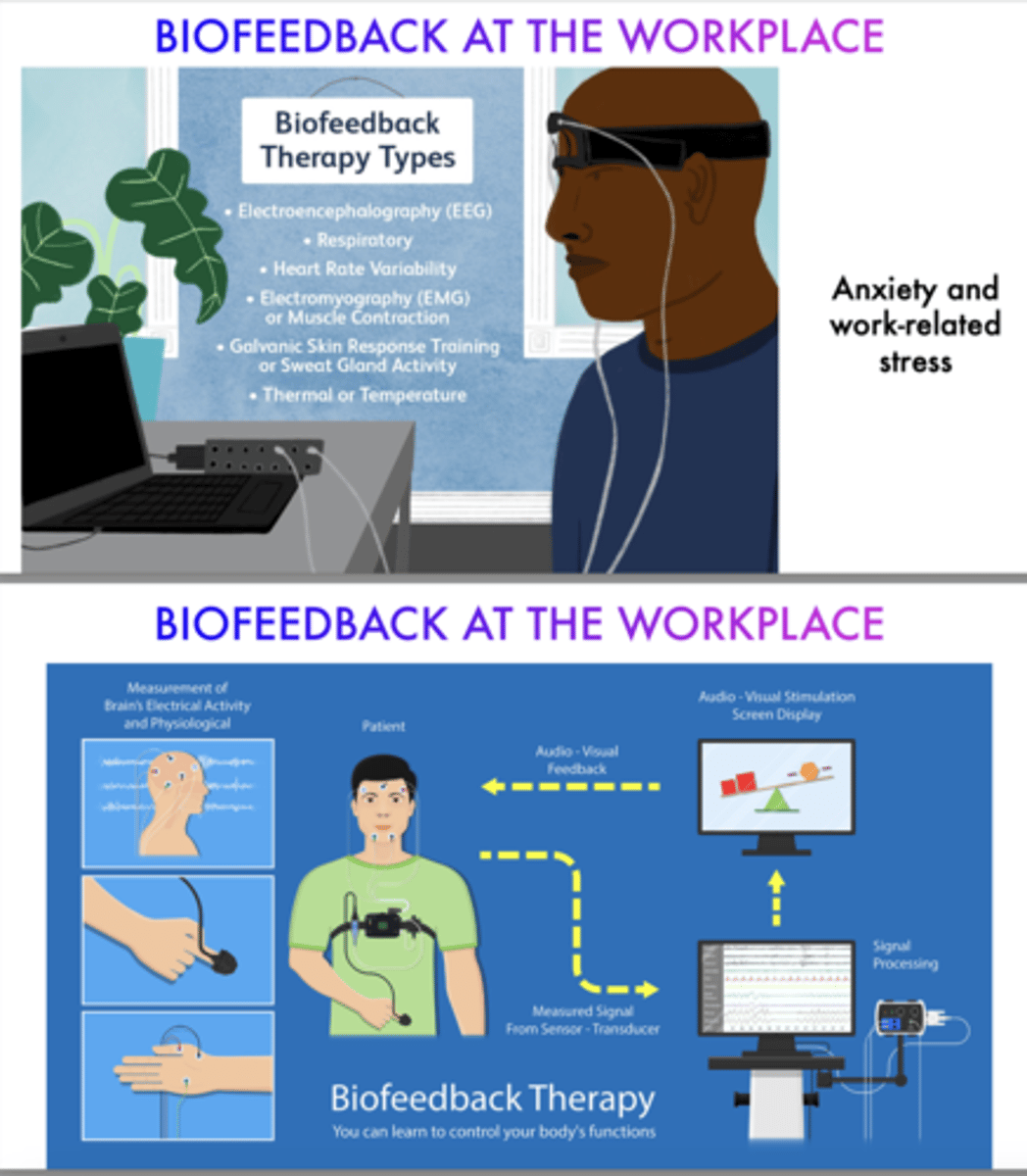
Key points psychophysiological measures
- Cognitive/Mental Load Measures
EEG signals, heart rate, respiration rate, and skin conductance provide insights into mental workload and overload.
- Stress and Arousal Detection
Electrodermal activity (EDA), heart rate variability (HRV), and facial electromyography (fEMG) are key indicators of stress, anxiety, and vigilance.
- Wearable Technologies
Devices such as smart T-shirts, chest bands, and EEG glasses enable continuous, non-invasive psychophysiological monitoring.
- Privacy and Acceptance Issues
Monitoring implies sensitive data acquisition; transparency and user acceptance are critical in workplace applications.
- Applications in Work Contexts
Stress detection, workload management, and cognitive state monitoring are essential for improving safety, health, and productivity. Biofeedback for management of psychophysiological indices.
Communication cycle
sender, message, receiver, feedback
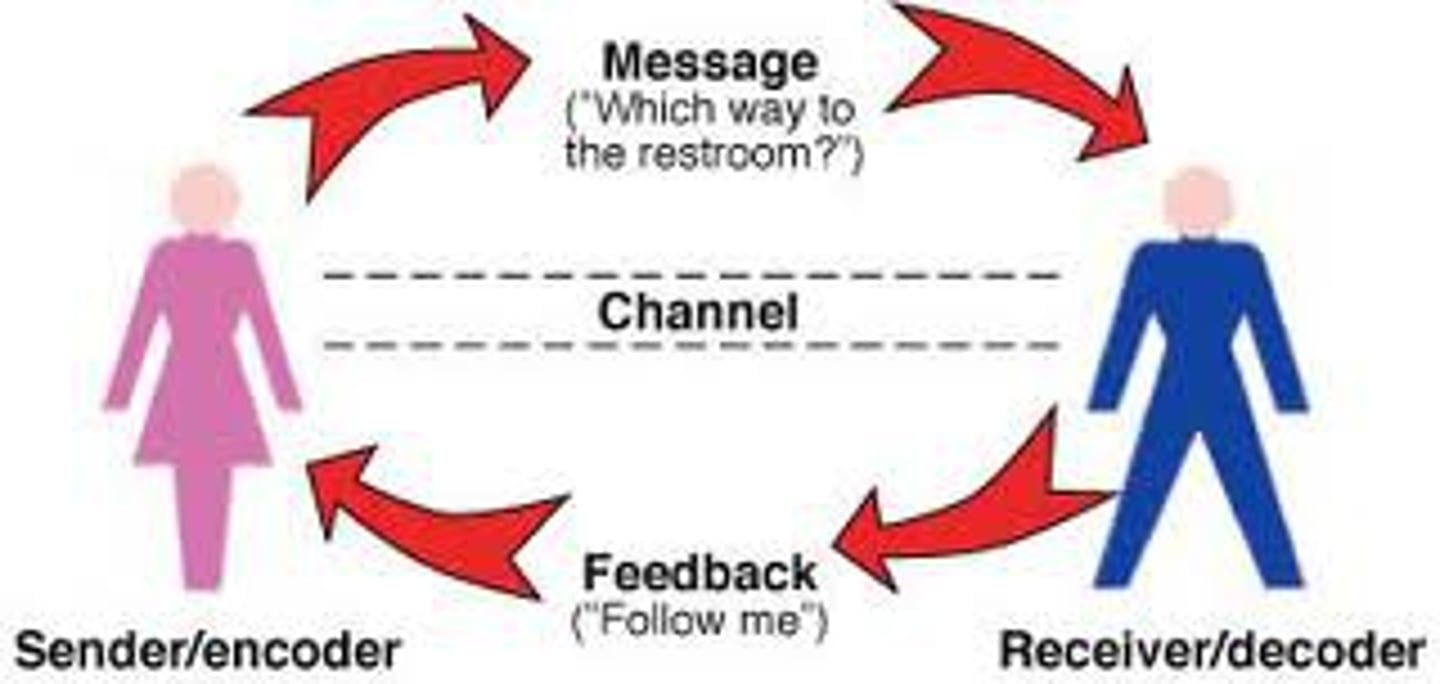
Communication difficulties: noise
- not only physical (e.g., phone interference), but also psychological (e.g., people'sattitudes)
- the receiver's biases, attitudes, and beliefs can prevent the correct understanding of the message (e.g., lack of nonverbal cues in written messages)
- information overload (e.g., e-mails)
Communication difficulties: selectivity
the receiver is particularly interested in a part of the message and ignores others
Communication difficulties: the bruised ego
Receiver is too quick to jump to conclusions and becomes defensive and she/he can interrupt the sender
Communication difficulties: Incomplete feedback
- A feedback from the receiver is important for the sender, who may, in turn adjust the message
- No reaction -> communication barrier
- Clarify the distinction between immediate (e.g., face-to-face, instant messaging) and delayed (e.g., email) feedback (Gallo, HBR 2024)
Communication skills: Active listening
Attention and presence
Reformulation/paraphrasing
Empathy with speaker (e.g., to understand not to reply)
Reserving judgment
Full picture (also nonverbal communication)
Communication skills: Providing feedback
Focus (on specific behaviors, not vague sms)
Impersonal (especially for negative feedback)
Goal-oriented
Rapid (short-time interval) and complete
Ensure understanding (clear and concise)
Control (on behaviors over which the receivers have control)
Effective communication in companies
Commitment to communication
Words are backed by actions (coherence)
Commitment to two-way communication
Emphasis on face-to-face communication (especially in time of uncertainty)
Managers and supervisors actively share info
Encouraging employees to share news
The message must be relevant to the target
audience
Providing explanations behind decisions
Improving feedback
Linking -> Whom should I talk to next?
Widening -> Need more data, more people with reciprocal relationship with the target
Separating -> Making new loops
Asking -> Providing interpretation of what is suggested
The FIDO principle
Frequency -> repetition increase remembering
Intensity -> vividness influence: getting attention, understanding and retention
Duration -> concise and precise
Over again -> frequent repetitions increase learning
ICT - Information & Communication Technologies
Electronic office connecting various categories of employees (i.e., information and communication technologies, ICT)
Technologies-Mediated Communication
the information exchange between two (or more people) is mediated by ICT
Medium -> hardware and software enabling the communication
Modality -> sensorial channel through which the information exchange occurs
- Physical distance
cannot be controlled and may be a source of uneasiness
- Eye contact
Remotely working participants experience a greater sense of social presence when video is used in addition to audio
- Back channel
Using range of sensory channels, so as we restrict the forms of communication the back channels (e.g., nodding, saying yeah, etc.) are lost -> Explicit tokens (e.g., :), ☺) were developed to compensate the lack of back channels in text- based communication
Technologies-Mediated Communication: Soft Skills in Remote Communication
- Building trust at a distance (through frequency and modality of contact)
- Intentional use of video to enhance social presence
- The critical importance of active listening, even in asynchronous interactions
Technologies-Mediated Communication: Computer Supported Cooperative Work
- It refers to the environments created to support the activities of a group of people engaged in achieving shared goals
Groupware -> Computer-based technology that supports social group processes
From the traditional consideration of computers as tools for manipulating and exchanging data, the groupware paradigm views computers as a shared space in which people collaborate.
Coexistence - in a given setting there are two or more persons that are mutually aware of each other
Communication - explicit exchange of symbolic information
Collaboration - close cooperation in a social entity
Consensus - decision making in social settings
Technologies-Mediated Communication: Browser-based applications (CSCW)
- All applications delivered from a network (World Wide Web or organization intranet) and that can be accessed using a web browser.
- Run from everywhere.
Technologies-Mediated Communication: Desktop applications (CSCW)
All the systems that are locally installed on a device and do not need an Internet connection.
Technologies-Mediated Communication: Ubiquitous environment (CSCW)
Hardware and software that together form a framework of tools to support
users in specific tasksThey are embedded in daily activities and "invisible" (e.g., wearable devices)
Technologies-Mediated Communication: Awareness support for coexistence (CSCW)
Provides users with adequate mutual information to facilitate communication and collaboration -> synchronous and asynchronous
Technologies-Mediated Communication: types
-Communication support (CSCW)
- Coordination support (CSCW)
-Consensus support (CSCW)
- Collaboration support (CSCW)
-
Employees' Misuse of ICT
Many employees (46%) report addition- like symptoms to different kind of online activities (i.e., SNS visits)
This hampers their productivity and well- being
Information Overload
Data smog -> Fog produced by the excessive amount of data
Information pollution -> ICT information may be redundant, obsolete and false
Information overload: Reasons for managers to gathering too much information and be overwhelmed by
- collecting info to indicate a commitment to rationalism, competence for improving decision-making
- receiving enormous amounts of unsolicited info
- seeking more info to check out the ones already acquired
- the need to be able to justify decisions
- collecting info just in case it may be helpful
- playing safe and getting all possible info
- using info as a currency (not behind colleagues)
Information Overload: The Paradox
Despite the abundance of information available it is difficult to select the useful and relevant one
Risks to the productivity and well-being of organizations
and employees
Risk for relationship building for IT-related distraction
Technical integrity and operational viability of the
corporate IT systems (i.e., unlicensed software, downloading all e-mail attachments, sharing sensitive passwords, etc.)
Five Strategies To Transform Workplace Communication
- Lead With Trust
Build a culture of mutual respect and psychological safety
- Prioritize Quality Over Quantity
Clear, relevant, and regular messaging rather than overwhelming employees with constant updates
- Invest in Communication Skills
Provide training in active listening, nonverbal cues, and conflict resolution
- Embrace Technology Wisely
Use digital tools (e.g., Zoom, Teams) efficiently. Set clear guidelines
- Foster Two-Way Feedback
Constructive and regular feedback at all levels strengthens relationships, clarifies expectations, and reduces turnover.
Communication - Key points
- Types and Flows of Organizational Communication
Downward, upward, horizontal, diagonal, and external communication flows, including their functions and limitations.
- Communication Barriers and Difficulties
Encoding/decoding issues, selectivity, noise, ecc.
- Nonverbal and Informal Communication
Posture, tone, physical distance and roles in informal networks (e.g., gatekeeper, liaison, grapevine).
- Technology-Mediated Communication and Remote Communication Dynamics
ICT use, the challenges of remote work (e.g., loss of backchannel cues), and the importance of social presence
- Information Overload
Data smog, Information pollution
workaholism
refers to a significant investment of energy in work, both in terms of time (the frequency of the activity) and effort (the intensity of that activity). Three categories of antecedents:
- Socio-demographic characteristics
Gender, parenthood, and education imply different availability of resources to be allocated to work.
- External characteristics
Economic needs, professional position, work demands, organizational culture, and labor market conditions create pressure to increase workload.
- Internal characteristics
Having a passion/addiction for work, discomfort in one's personal life sphere, reduced preference for leisure activities, or work ethic make work a priority object.
Workaholism: an addiction without substance
-Compulsive Behavior
It concerns working intensely beyond what is required by one's role or organization. It is as if one "consumes" work, the object of need, and is then consumed by it [Castiello d'Antonio, 2010].
- Work Addiction
The workaholic person is unable to stop working (> 50h/week), nor finds pleasure in doing so, showing behaviors similar to those of an addiction.
- Social Paradox
It is considered a "respectable addiction" since "working hard" is traditionally recognized as an admirable behavior and rewarded in organizational contexts.
- Obsessive- Compulsive Disorder
According to Robinson [1989], work addiction is a form of obsessive- compulsive disorder, where the subject feels compelled to work continuously, unable to control this impulse.
The Workaholic Triad
- Work involvement
Engagement in work; concerns the time invested and dedication toward work activities.
- Drive
The internal push toward work, perceived as an inner obligation to work and as a sense of guilt when not working.
- Enjoyment of work
The pleasure of working, the appreciation of one's activities (deficient in the workaholic).
Workaholism: Schaufeli et al. Model [2006]
Working Excessively:
excessive working is the behavioral aspect related to the excessive time and workload that a workaholic confronts.
Working Compulsively:
working compulsively refers to an underlying cognitive dimension, indicating the profound cause of the behavioral manifestation of work addiction.
the Dutch Work Addiction Scale (DUWAS), which includes two dimensions corresponding to Working Excessively and Compulsively.
Workaholism: Assessment Tools
- Work Addiction Risk Test (WART)
4-point rating scale (sum), with anchors from "Never true" to "Always true".
Scores:
from 25 to 54: absence of addiction. from 55 to 69: mild addiction.from 70 to 100: severe addiction.
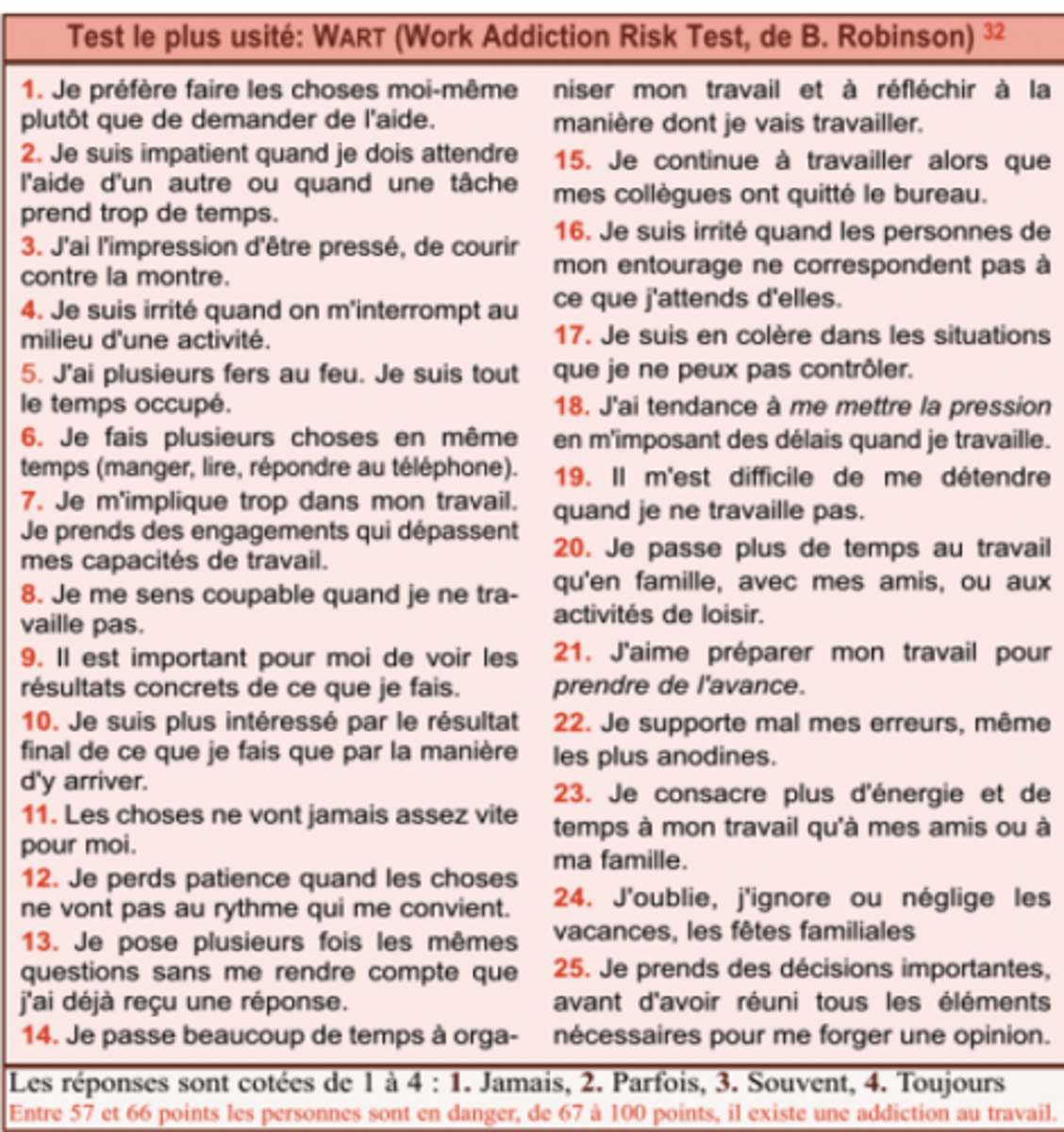
Workaholism: Assessment Tools
- Dutch Work Addiction Scale (DUWAS)
Frequency from 1 (''Never'') to 4 ("Always") for 5 items
2 Scales: Working Excessively-WE and Working
Compulsively-WC
Scores:
-WE-Scale
Qualified workers with medium education level: score > 2.25 Middle and senior managers with high education level: score >
2.85
- WC-Scale
Middle and senior managers with high education level: score > 2.5
Workaholism: Europe - Asia
workaholism compulsive (cognitive dimension) is way higher in Asia, but not workaholism excessive
Workaholism: United States
no legally mandated annual vacation
Workaholism: Antecedents
-Dependence
A workaholic is a person dependent on their work, whose continuous repetition elicits a perception of physical and psychological benefits.
-Operant learning
Recognition in response to excessive work behavior acts as positive reinforcement that makes it stable or progressive.
- Personality traits
The work addiction manifests as the behavioral outcome of individual dispositions such as obsessive traits of perfectionism, control, denial of problems, and poor delegation ability (low trust in collaborators; Porter, 1996; Spence & Robbins, 1992).
- Cognitions
The dependence on work is consequent to beliefs, thoughts, and internalized principles (e.g., the need to prove oneself) by the workaholic person.
- Family dynamics
A foundation for work addiction can be identified in experiences of problematic family relationships (over- responsibilization, parental models of excessive work) of the individual.
Workaholism: Consequences
- affect the sphere of individual physical-mental health
-neglect necessary hours of sleep, physical activity, and is more likely to develop cardiovascular and musculoskeletal disorders
- cognitive and emotional exhaustion
- It is not uncommon for workaholics to develop other dependencies (tobacco, drugs), alongside work addiction. On the relational front, they neglect affective bonds and social relationships.
Workaholism: "Karoshi (Work to Death)" in Japan
In Japan, Workaholism has reached such an extent and such harmful consequences that a word has been introduced that precisely indicates death caused by excessive work, namely "karoshi": "death from overwork" is the outcome, specifically, of cardiovascular pathologies or other disorders related to severe stress derived, in turn, from extreme work rhythms.
Social problem with an increasing number of documented deaths since 1978 (N = 17), and in 1980 the term Karoshi was legally recognized. It is a social, psychological, and legal issue that, between 2014 and 2015, caused more than 2,300 victims between deaths and suicides. These victims came from all professional categories and died from cerebral hemorrhages, heart attacks, or by suicide.

Workaholic Organizations?
- Frantic Rhythms
Frantic and confusing work rhythms that characterize the daily work environment
- Denial of Needs
Personal needs are systematically minimized or denied
- Focus on Business
Widespread self- centeredness regarding business objectives, neglecting other aspects
- Pressure on Productivity
Strong emphasis on individual responsibility in relation to productivity
"Advantages" and Disadvantages of Workaholism
- Increased Short-term Productivity
Workaholism may lead to a temporary increase in productivity, as workers dedicate more hours and effort to their work.
- Long-term Health Issues and Burnout
Excessive work commitment can cause chronic stress, sleep disorders, and long-term physical and psychological problems.
Strategies to Prevent Workaholism
-Boundaries
Learning to say no and respecting one's limits of time and energy is fundamental for preventing workaholism.
- Personal Interests
Dedicating time to leisure activities, hobbies, and social relationships outside of work helps maintain a healthy balance.
- Communication with Managers
Being transparent with one's superiors about workaholic tendencies can promote support and strategies to address this issue.
- Regular Breaks
Planning breaks from work, such as vacations and weekends, allows for rejuvenation and restoration of balance.
Work Engagement
- Vigor
The invested energy that allows individuals to sustain significant efforts in their work, manifesting through high levels of energy and mental resilience.
- Dedication
Thoughts and feelings of pride, devotion, and inspiration toward one's work activities, characterized by strong emotional involvement.
- Absorption
Concentration so deep in work that it becomes difficult to detach from what one is doing and notice the passing of time.
Initially defined as personal engagement [Kahn, 1990] and subsequently as the positive opposite of burnout [Maslach & Leiter, 1997]. Work engagement is associated with energy, involvement, efficacy while burnout is associated with emotional exhaustion, cynicism/depersonalization, reduced efficacy.
Work Engagement: Antecedents
- Individual psychological states
Perceiving positively one's abilities and strengths, such as good levels of self- efficacy, resilience, personal resources, and optimism, is a much more common condition among engaged workers.
- Factors related to job design
Many work resources, such as supervisor and colleague support, receiving feedback, and autonomy in one's tasks, are positively associated with high levels of work engagement.
- Perceived leadership
Good support from supervisors, transformational leadership, and trust in management are all potentially favorable variables for stimulating work engagement.
- Organizational factors
Perceived organizational support, levels of identification, and a secure climate form a set of positive organizational behaviors that facilitate the diffusion of engagement.
- Organizational activities
Training and development programs aimed at personnel can contribute to activating and maintaining engaged behavior.
Work Engagement: Consequences
- enjoyment that these workers perceive in carrying out their work activities, their enthusiasm and sense of fulfillment in their work
- positive affectivity, in particular by job satisfaction, and by a state of health perceived as better
- in terms of performance, better results are reported
- Not everyone, on the other hand, agrees with the idea that such individuals can maintain consistently high levels of engagement at work without consequently presenting outcomes of stress or work-life conflict
Workaholism vs Work Engagement: Similarities and Differences
Work Engagement is an independent construct indicating excessive work behavior that has no connection with dysfunctional and pathological aspects as found in work addiction. Nevertheless, there are similarities between the two constructs.
SIMILARITIES
- These particularly concern the behavioral dimension, observable from the outside, and attributable to "working excessively"
- The high number of working hours
- Exceeding formal work requirements
- Work motivation different from economic motivation
- Difficulty in physically and mentally detaching from the work context
DIFFERENCES
These concern the deeper dimension related to the motivations of the two types of workers.
- The typical workaholic is driven to work by a sense of obligation that is not based on a passion for what they do; the approach to work takes on a compulsive form
- The engaged worker is stimulated by genuine enthusiasm, derived from being fully involved in the work activity
LEGG INN BILDE FRA SLIDE!!!!!!
Benefits of Work Engagement and Reduction of Work-Related Stress
A characteristic that might help distinguish an individual dependent on work from an individual engaged in work is the ability to distance oneself from one's work context, particularly on a mental level. The literature is addressing the construct of psychological detachment from work (psychological detachment from work during off-job hours)
[Sonnentag & Fritz, 2007]
It consists of an individual psychological capacity potentially useful for mitigating outcomes of work-related stress. It is a positive detachment from one's daily work routine that allows for recovering energy invested in work (recovery).
The ability to mentally distance oneself from work tasks, in order to relax and dedicate time to non-work activities (e.g., family, leisure, self- care) is deficient in workaholic workers and more developed in engaged workers.
Ethics and Disadvantages of Workaholism
- Short-term Effects
Although in the short term, the workaholic investment in work may appear to be a source of greater efficiency, in reality, the problems created by encouraging this approach outweigh, in the long term, the apparent immediate advantages.
- Long-term Sustainability
Taking a long-term perspective, one cannot assume that the rhythms and psychophysical costs resulting from intense investment in work are sustainably bearable by individuals.
- Impact on Work Groups
Furthermore, the presence of work addicts in a work group tends to damage the climate of the group itself, due to their extreme difficulty in delegating work tasks to others and the limited trust placed in collaborators.
- Organizational Risks
Promoting a workaholic style would expose organizations to risks rather than advantages (as well as making managers ethically blameworthy), considering that people dependent on their work could sooner or later experience serious repercussions in their physical, mental, and social spheres.
A Workaholic's Guide to Reclaiming Your Life
Key Strategies to Reclaim Balance:
1. Redefine Urgency-
Not all tasks require immediate attention; prioritize effectively to avoid unnecessary stress.
2. Set Boundaries -
Establish clear work-life boundaries to prevent work from encroaching on personal time.
3. Delegate Tasks-
Share responsibilities to reduce workload and foster team collaboration.
4. Prioritize Rest-
Incorporate regular breaks and adequate sleep to maintain mental and physical health.
5.Engage in Non-Work Activities -
Pursue hobbies and social interactions to enrich life outside of work.
6. Reflect on Personal Values -
Align work commitments with personal values to ensure meaningful engagement.
Communication
- Information must flow from the highest to the lower levels of the hierarchy and vice versa and must be shared by employees in similar positions
- Communication is a source of information, improve motivation and can alter the individual's
attitude
- Transactional communication (task- oriented) and relational communication (relationship-oriented)
- Communication also assists in
controlling process (e.g., communicating work issues to superiors)
- Communication helps socializing
Downward communication
- From a higher level to a lower level within the
organization.
For transmitting:
•Work instructions
•Performance feedback
• Information on relationships among working
activities
Upward communication
- Towards a higher level of the organization.
-Provides feedback on how the organization is
functioning.
- Sharing ideas in the decision-making processes
- For reporting issues and checking understanding of instructions
- Reflecting commitment and loyalty, opinions, feelings
Lateral/Horizontal Communication
Same levels of hierarchy in an
organization
- Advantages:
• Time-saving
•Improved coordination/cooperation
•Emotional and social assistance
•Problem- and conflict-solving
Diagonal Communication
Between a manager and employees of other workgroups
External communication
Between a member of the organization and external groups (e.g., suppliers, banks, etc.)
Mobbing
- Derived from the English "to mob" which means "to attack with violence" or "to gather against someone".
- Mobbing is a complex and insidious phenomenon that constitutes a form of psychological persecution that can escalate into physical persecution against a worker.
- It is a systematic and repeated process of hostile behaviors and discriminatory acts committed by a superior, a colleague, or a group of colleagues, with the aim of marginalizing and discrediting the victim in the workplace.
The mobbing phenomenon
- Conflict at Work
Extreme conflict that manifests within a work environment, creating a hostile and unfavorable climate for the targeted employee (victim).
- Negative Effects on the Worker
Significant psychological and physical impact on the worker, leading to symptoms such as stress, anxiety, depression, etc.
- Dysfunctional Relational Dynamics
Often, distorted power dynamics and communication are at the root, creating a toxic and destructive work environment.
Bullying va. mobbing
- Bullying
It is more general and occurs in different environments, especially school settings. It is characterized by dynamics between peers and can also manifest through direct physical confrontations.
- Mobbing
Specific to the work environment (sometimes labeled as workplace bullying), characterized by systematic persecutory behaviors. It manifests through psychological harassment actions by superiors or colleagues, rarely with physical violence.
Mobbing criteria
Seven Criteria [Ege, 2002]:
- The conflict must take place in the workplace
- The actions must occur with a certain frequency (at least once a month)
- The actions must continue for a certain duration (at least six months)
- The actions must belong to at least two of the five categories [Leymann, 1993]: (a) attacks on human contacts (b) systematic isolation (c) changes in tasks (d) attacks on reputation (e) violence or threats 5) the victim is always at a level of inferiority or disadvantage
- The conflict follows a constant and predictable progression
- The intent of the actions is purely persecutory
Mobbing involved figures
victim, mobber and co-mobber
Types of mobbers
- Misogynistic
Carries out negative actions based on gender and sexuality, more common in men (risk of sexual harassment)
- Hierarchical
Perpetrates bullying actions based on an obsessive respect for hierarchy and roles
- Hyperdriven
Workaholic who forces others to maintain their excessive pace
-Incompetent
Compensates for lack of skills with arrogant behavior and abuse of power
- Envious (Bitter)
Carries out hostile behaviors motivated by jealousy towards colleagues
- Master-like
Manages the company like a patriarchal family, with an authoritarian attitude
- Sadistic
Selfish and cruel, deliberately ignores the needs of others
Types of Mobbing
- Vertical
Bullying behavior comes from a superior (descending) towards a subordinate. Possible involvement of lateral supporters. The opposite condition (ascending) is also possible, in which one or more subordinates carry out negative actions towards a superior.
- Bossing
When the actions are perpetrated by the entire company leadership.
[Ege, 1996]
- Horizontal
When mobbing occurs between colleagues at the same level. Often caused by rivalry, envy or dysfunctional group dynamics within the team (ethnic, age discrimination, etc.).
- Double Mobbing
Harassment suffered by one's family as well as in the workplace (only in Italy).
Strategic Mobbing
It is particularly dangerous because it is calculated with the aim of gradually and discreetly removing an employee.
Aimed at making the victim resign and replacing them with another person who has already been previously identified.
Causes of Bullying
- Personality Characteristics
Of the bully (self-esteem protection, lack of empathy, neuroticism and aggression) and the victim (significant difference from the rest of the group, anxiety, poor coping strategies, reduced competitiveness).
- Organizational Aspects
Corporate restructuring, mergers or reorganizations can create uncertainty and tensions, leading to bullying behaviors.
Internal competition and reward systems can sustain bullying.
Authoritarian leadership styles.
Mobbing-Related Disturbances and Symptoms
- Psychological
E.g. anxiety, depression, obsessions, panic attacks, post-traumatic stress disorder.
- Psychophysiological
Headaches, dizziness, gastrointestinal disorders, sleep disorders, sexual disorders, chronic fatigue and heart problems.
- Behavioral
Eating, self-destructive reactions,
passivity, etc.
- Social isolation and low self-esteem
Marginalization from the rest of the work group.
Long-Term Consequences of Workplace Bullying
- Impact on Health
Severe psychological and physical health problems.
- Compromised Career
Can lead to job loss, unemployment, and difficulty finding new employment.
- Disrupted Personal Life
Significant impact on the victim's family and social life, undermining relationships and well-being outside of work.
Mobbing Assessment tools
- Luxembourg Workplace Mobbing Scale (much used, but has some limitations e.g. questions with several parts as for instance asking for mobbing from both colleagues and superiors)
- Individual Interviews to Deepen Understanding
- Psychological Clinical Interview
How to recognize mobbing?
- Social Isolation
Systematic exclusion from work-related and social activities.
- Constant Criticism
Unwarranted reprimands and persistent criticism of one's work.
- Excessive Workload
Assignment of an excessive number of tasks with unrealistic deadlines.
- Inferior Tasks and Tools
Assignment of tasks below one's competence and inefficient work tools.
Identifying mobbing
- Objective Assessment
The opinion of an external consultant (e.g., occupational psychologist, occupational physician, lawyer, trade unions) can provide an assessment of the situation and support any legal actions.
- Situation Assessment
It is important to carefully analyze factors such as persistence, intentionality, and abuse of power, which must be considered.
- Detailed Documentation
Of the incidents, including date, time, witnesses, and specific details, to convincingly demonstrate the mobbing.
Organizational Costs MOBBING
- Productivity
Lack of employee performance and overall company productivity.
- Image
Worsening of the organization's reputation.
- Absenteeism, Illness, Injuries
Increase in absences, illness, and workplace injuries.
- Turnover
Frequent need to replace personnel leaving the organization.
- Deterioration
Interpersonal relationships, work climate, and work environment.
Legal Consequences of Mobbing
- Violation of Law
Mobbing represents a clear violation of the law and can result in serious consequences for the employer (administrative and criminal penalties).
- Judicial Proceedings
The employee can take legal action against the employer and colleagues responsible for the mobbing.
- Damages Compensation
The employee who is a victim of mobbing can seek compensation for the physical and psychological damages suffered.
The Company's Role in Preventing Mobbing
- Recognizing the Problem
Identifying signs of mobbing and intervening to address the issue.
- Employee Training
It is essential to train employees to recognize and manage situations of mobbing.
- Code of Conduct
Enforcing a clear code of conduct that condemns any form of harassment or abuse.
- Reporting Channels
Establish confidential and secure channels for employees to report incidents of mobbing.
Procedures for Intervention and Resolution of Mobbing
- Internal Investigation
The company must conduct a thorough investigation to gather evidence and testimonies and understand the dynamics of the mobbing.
- Corrective Measures
Based on the investigation, the company must take corrective measures to stop the mobbing and protect the employee, such as role changes or disciplinary actions, termination of the bully.
The Role of Trade Unions in the Fight Against Workplace Bullying
-Representation
Trade unions play a key role in representing employees who are victims of workplace bullying and in negotiating adequate protections.
- Legal Intervention
They provide legal assistance to report cases of workplace bullying and ensure the protection of workers' rights.
- Awareness Raising
Trade unions promote awareness campaigns to increase awareness of the phenomenon of workplace bullying.
Trade unions
Functions:
- Balancing Power
Balance the dynamics between workers and employers, ensuring fair representation in negotiations.
- Voice of Workers
Represent and give "voice" to workers' concerns on issues of fairness and professional protection.
- Conflict Mediation
Manage and regulate social conflict during corporate restructuring or crisis situations.
Objectives:
- Quality of Work
Continuous improvement of working conditions and environment for all employees.
- Civil and Participatory Contexts
Creation of work environments based on respect and active participation.
- Collective Identity
Promotion of socialization and sense of belonging among workers.
Mobbing Prevention
According to Caplan's (1964) classification, there are three levels of mobbing prevention.
1. Primary Prevention
To prevent the development of the phenomenon. Psychosocial interventions in terms of health promotion (training and codes of conduct).
2. Secondary Prevention
Immediate intervention to limit the damage of the phenomenon without being able to avoid its appearance. At the organizational-clinical level (counseling).
3. Tertiary Prevention
Management of the consequences of the phenomenon on the victim. Legal- clinical level through forms of individual and organizational psychotherapeutic intervention.
Questionnaires overview
- Well-established tools for collecting demographic data and the opinions/perceptions of workers and other stakeholders (e.g., managers)
- Closed or open questions (alike interviews)
- Can be administered to large samples of people (unlike interviews)
- Can be administered remotely (online questionnaires)
Questionnaires strengths
Cost-effective
Quick administration
Access to information not directly observable
Questionnaires weaknesses
-The operator's memory of the experience
-Worker's introspective abilities
-Understanding of the questions
-Social desirability
-Random response insertion (control items)
-Tendency to conform to the presumed expectations of the researcher
Questionnaires structure
• Basic demographic information (e.g., gender, age) and information related to the reference experience (e.g., expertise in the study domain)
• Specific information referring to the object of the investigation (i.e., work activity), its characteristics, and/or the user's subjective perception (e.g., satisfaction, well-being, stress)
Questionnaires response scales: Categorical
Selecting an answer from the provided options
- Responses can be characterized by ranges
-
Questionnaires response scales: Likert scales
)Workers must indicate their level of agreement to a series of statements.
(How many points on the scale (5, 6, 7, 10)?
Include/Omit the midpoint of the scale
Include the "not applicable" option
Labels at the extremes or corresponding to each point)

point scale
a system where responses to questions are assigned numerical values (points) to measure some construct or attribute
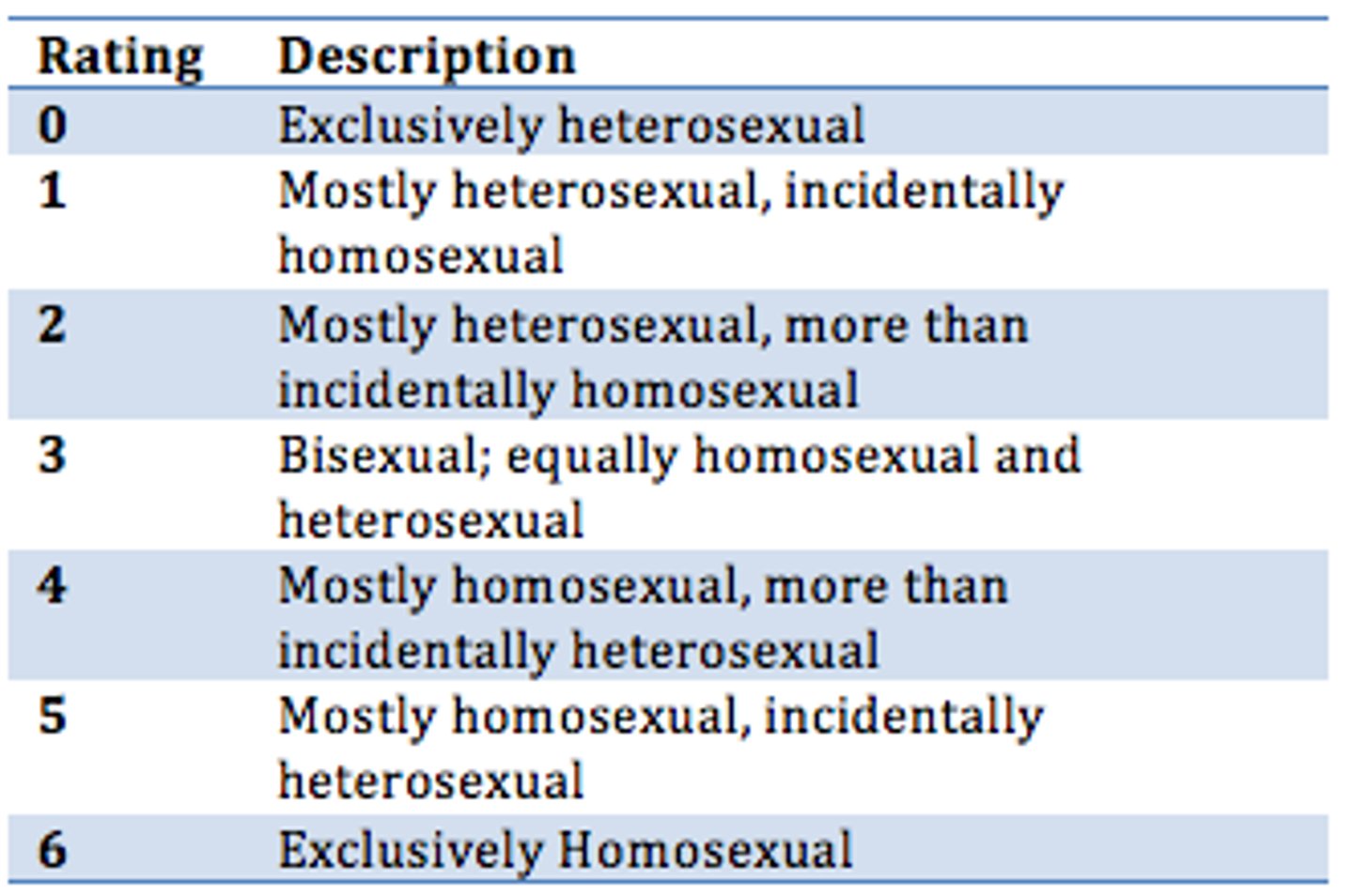
Partial semantic autonomy scale
satisfaction-based proxy for measuring the degree to which people feel they can interpret, influence, or find meaning in their work roles and conditions — without having full control. It blends subjective meaning (semantic) and limited autonomy (partial) across key job facets.
Self-anchoring scale
A scale constructed by asking a client to imagine experiencing the extreme degrees of a particular internal, then using these client-specific descriptions to define the endpoints of the scale.

semantic differential scale
A unique bipolar ordinal scale format that captures a person's attitudes or feelings about a given object
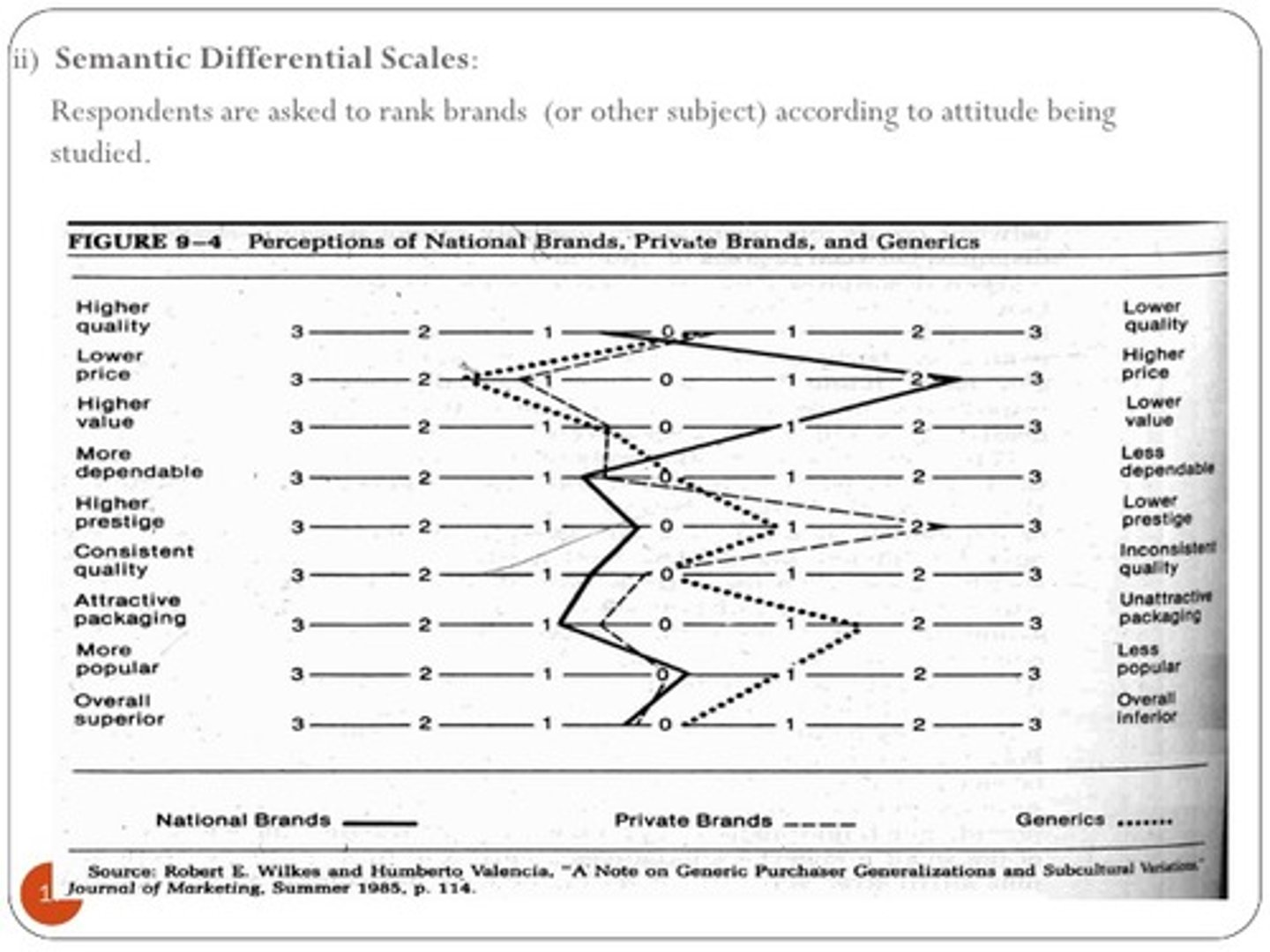
Ranking scale
The worker is asked to rank the response options according to a certain criterion.
Considering their relative importance, we ask you to rank the following items related to aspects of your job, assigning value 1 to the most important and 5 to the least important.
